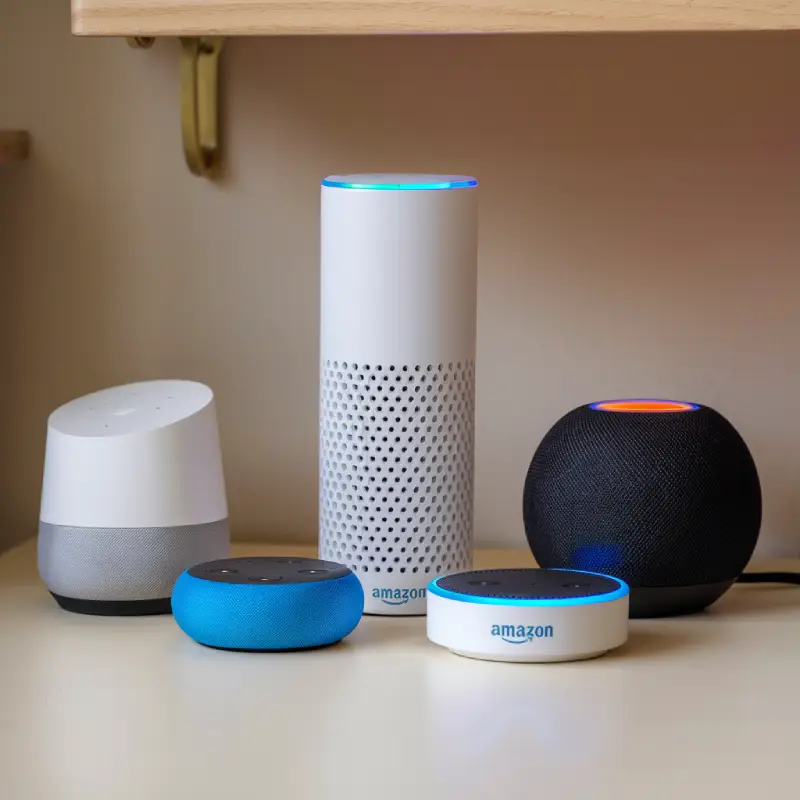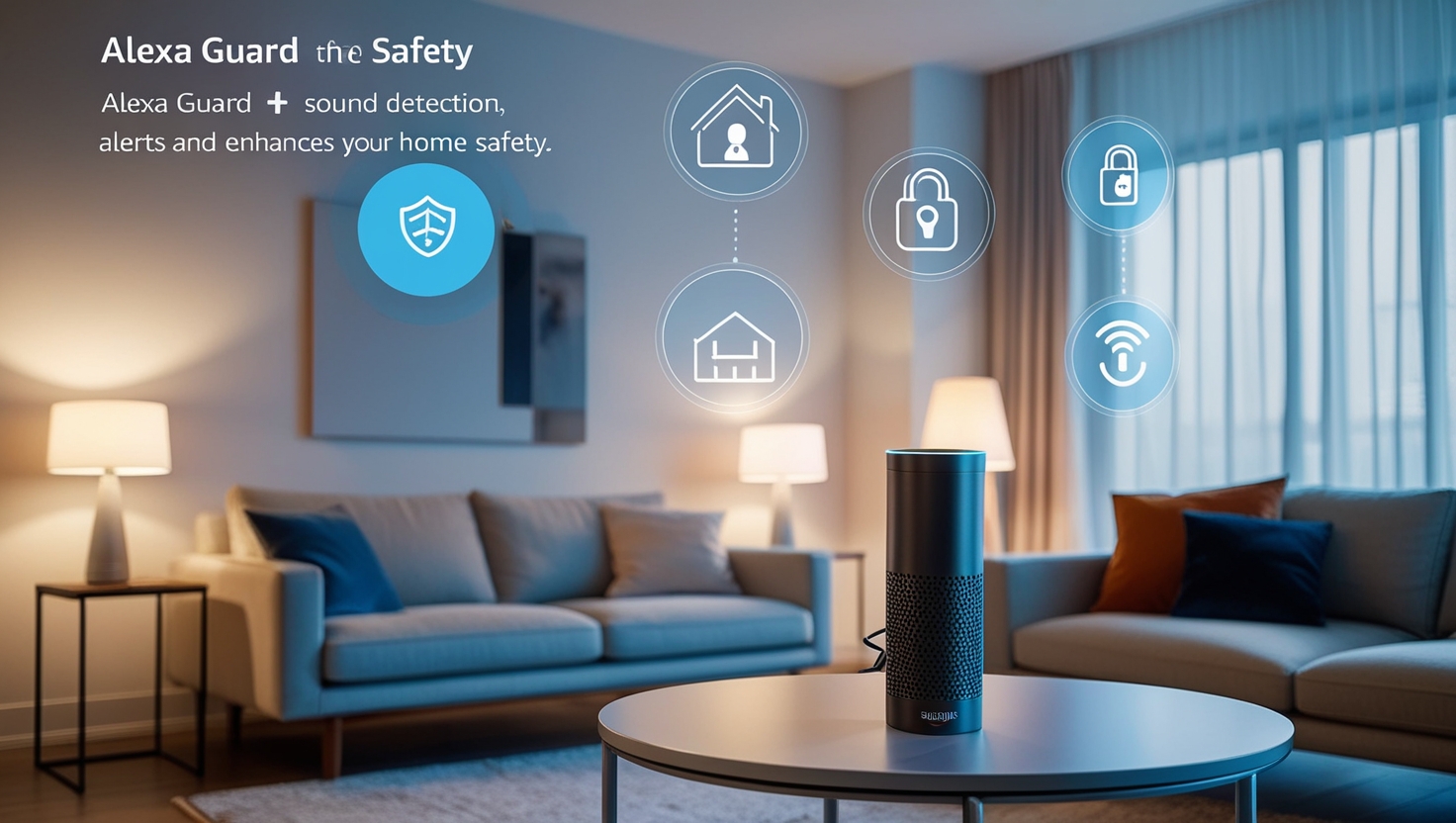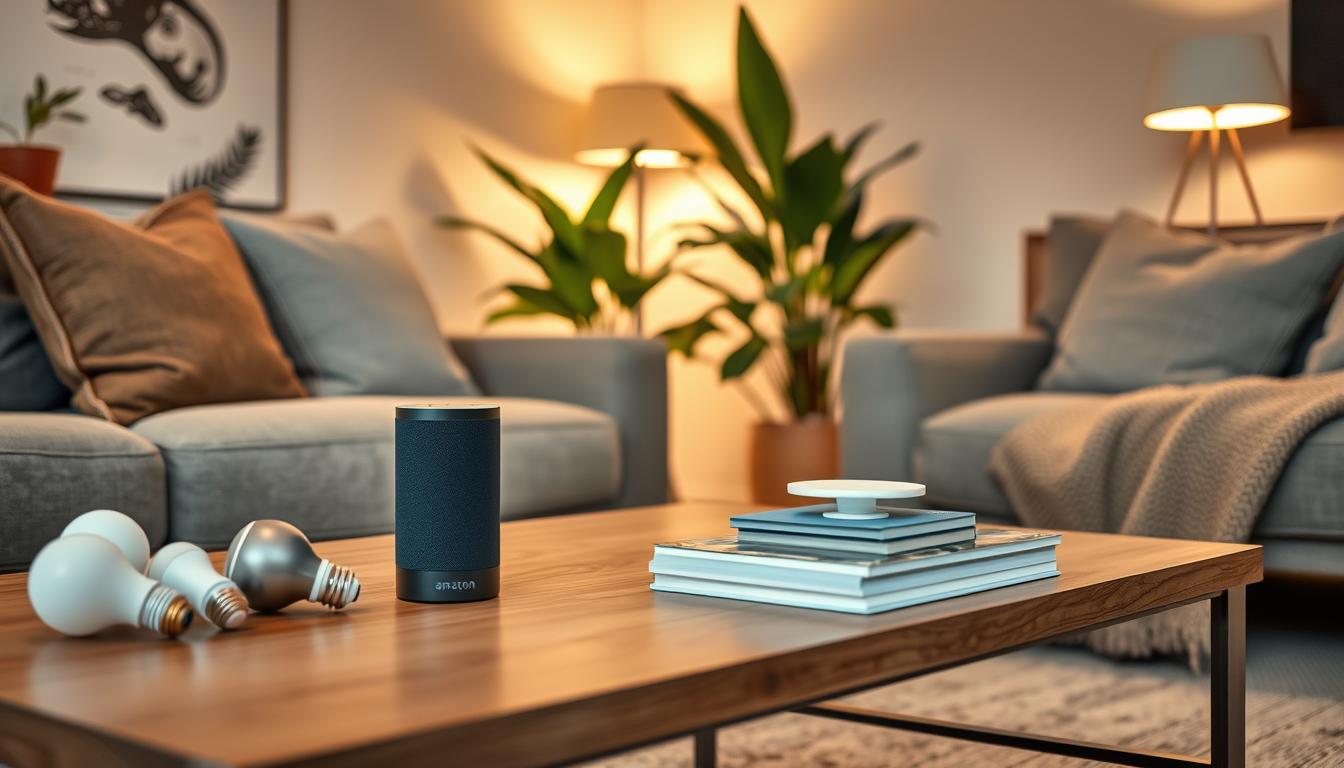Welcome to the World of Smart Homes
Imagine walking into your home after a long day at work. As you approach the front door, it unlocks automatically, recognizing your smartphone. The lights turn on, adjusting to your preferred brightness. The thermostat sets itself to your ideal temperature, and your favorite playlist starts playing softly in the background. This isn’t a scene from a sci-fi movie; it’s the reality of smart home automation systems.
Smart home technology has come a long way in recent years, transforming our living spaces into intelligent, responsive environments. At the heart of this revolution are voice-controlled systems for automating home devices, which have made managing our homes easier and more intuitive than ever before.
What Are Smart Home Automation Systems?
Smart home automation systems are networks of devices and appliances that can be controlled remotely and operate together to make our lives more convenient, efficient, and secure. These systems can manage everything from lighting and temperature to security and entertainment, all with minimal human intervention.
The Components of a Smart Home
- Smart Hub: The central control unit that connects and coordinates all your smart devices.
- Smart Speakers: Voice-controlled assistants like Amazon Echo or Google Home.
- Smart Lights: LED bulbs that can be controlled remotely and change color.
- Smart Thermostats: Devices that learn your preferences and adjust temperature automatically.
- Smart Locks: Keyless entry systems that can be controlled from your phone.
- Smart Cameras: Security cameras that can be monitored remotely.
- Smart Appliances: Refrigerators, washing machines, and other household items with internet connectivity.
The Rise of Voice-Controlled Systems
One of the most significant advancements in smart home technology has been the integration of voice control. Voice-controlled systems for automating home devices have revolutionized the way we interact with our living spaces.
How Voice Control Works
Voice control systems use natural language processing and machine learning algorithms to understand and respond to voice commands. When you speak a command, the system processes your words, interprets your intent, and sends instructions to the appropriate device.
Popular Voice Assistants
- Amazon Alexa
- Google Assistant
- Apple Siri
- Samsung Bixby
- Microsoft Cortana
These voice assistants can perform a wide range of tasks, from setting timers and playing music to controlling smart home devices and providing information.
Benefits of Smart Home Automation
Smart home automation systems offer numerous advantages that can enhance our daily lives:
Energy Efficiency
Smart thermostats and lighting systems can significantly reduce energy consumption by automatically adjusting based on occupancy and time of day. This not only helps the environment but also lowers utility bills.
Enhanced Security
Smart security systems with cameras, motion sensors, and smart locks provide real-time monitoring and alerts, giving homeowners peace of mind whether they’re at home or away.
Convenience and Comfort
Voice-controlled systems make it easy to adjust lighting, temperature, and entertainment settings without lifting a finger. This is particularly beneficial for elderly or disabled individuals who may have difficulty with manual controls.
Time-Saving
Automating routine tasks like turning off lights or locking doors can save valuable time in our busy lives. Smart appliances can even order groceries or start the laundry with simple voice commands.
Customization
Smart home systems can be tailored to individual preferences and routines, creating a living environment that adapts to your lifestyle.
Implementing Voice-Controlled Home Automation
If you’re interested in setting up a voice-controlled smart home system, here’s a step-by-step guide to get you started:
1. Choose Your Voice Assistant
Select a voice assistant that best fits your needs and existing devices. Consider factors like compatibility with other smart devices, privacy features, and ease of use.
2. Set Up Your Smart Hub
Install a smart hub or choose a voice assistant device that can act as a hub. This will be the central control point for your smart home system.
3. Add Smart Devices
Start with a few essential smart devices like light bulbs, a thermostat, or smart plugs. Make sure they’re compatible with your chosen voice assistant.
4. Connect and Configure
Follow the manufacturer’s instructions to connect your devices to your home Wi-Fi network and link them to your voice assistant.
5. Create Routines
Set up automated routines or scenes that trigger multiple actions with a single command. For example, saying “Good morning” could turn on the lights, start the coffee maker, and read out your daily schedule.
6. Expand Your System
As you become more comfortable with your smart home setup, gradually add more devices and explore advanced features.
Overcoming Challenges and Concerns
While smart home automation offers many benefits, it’s important to address some common concerns:
Privacy and Security
With internet-connected devices collecting data about our habits and routines, privacy is a valid concern. Choose reputable brands with strong security measures, regularly update your devices, and use strong, unique passwords for all your accounts.
Reliability
Smart home systems rely on a stable internet connection and power supply. Consider having backup systems in place for critical functions like security.
Learning Curve
Some users may find it challenging to set up and use smart home devices. Take advantage of online tutorials, customer support, and user communities for assistance.
Cost
While the initial investment in smart home technology can be significant, the long-term savings in energy costs and the added convenience often outweigh the upfront expenses.
The Future of Smart Home Automation
As technology continues to advance, we can expect even more exciting developments in smart home automation:
- Artificial Intelligence: AI will play a larger role in predicting and adapting to our needs and preferences.
- Improved Natural Language Processing: Voice assistants will become more adept at understanding context and nuance in our commands.
- Integration with Wearables: Our smart homes may respond to biometric data from our smartwatches or fitness trackers.
- Enhanced Energy Management: Smart homes will become even more efficient at optimizing energy use and integrating with renewable energy sources.
- Augmented Reality Interfaces: AR technology could provide intuitive visual interfaces for controlling our smart home systems.
Conclusion: Embracing the Smart Home Revolution
Voice-controlled systems for automating home devices have transformed the concept of home automation from a luxury to an accessible reality for many households. As these technologies continue to evolve and become more affordable, we can expect to see smart home features becoming standard in new construction and renovations.
While there are challenges to consider, the benefits of increased comfort, efficiency, and security make smart home automation an attractive option for homeowners looking to modernize their living spaces. By starting small and gradually expanding your system, you can create a smart home that truly enhances your daily life.
Whether you’re tech-savvy or just curious about the possibilities, now is an exciting time to explore the world of smart home automation. With voice-controlled systems leading the way, the future of home living is not just smart – it’s here, and it’s listening.






